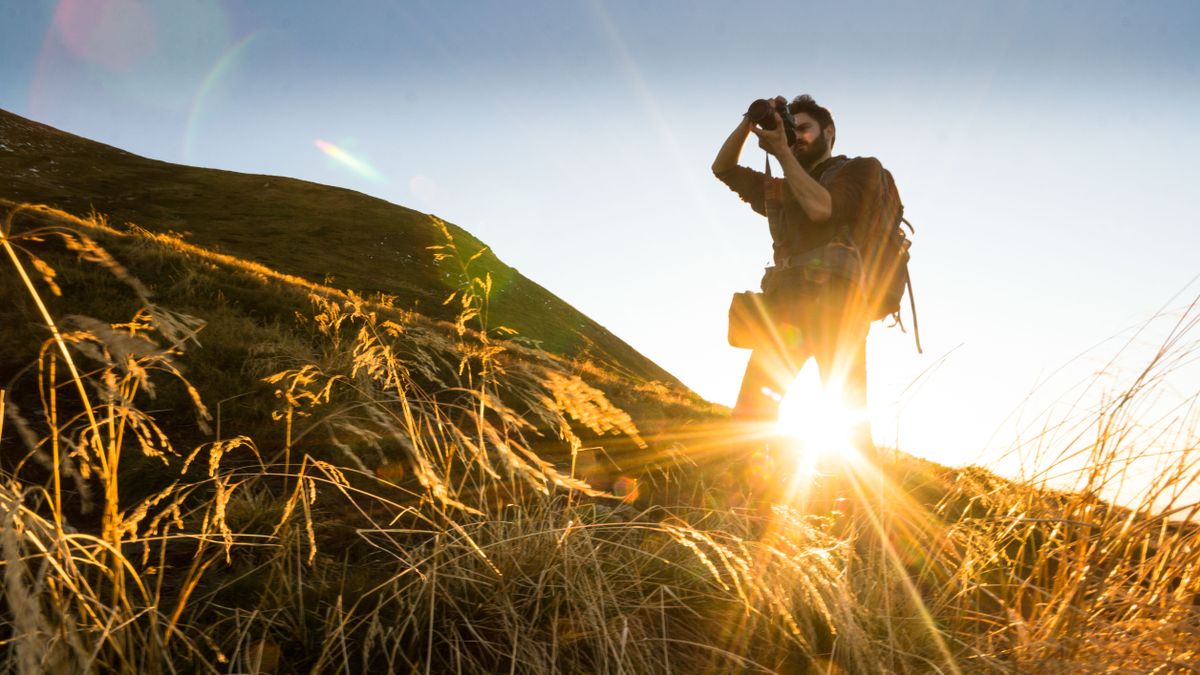:focal(1353x980:1354x981)/https://tf-cmsv2-smithsonianmag-media.s3.amazonaws.com/filer_public/72/a6/72a64a52-aad9-4702-b878-6fc761a7e1dc/dolley.jpg)
A circa 1846 portrait of Dolley Madison by John Plumbe Jr.
Sotheby’s
Three years before her death in 1849 at age 81, Dolley Madison posed for photographer John Plumbe Jr. at his studio in Washington, D.C. Clad in a crocheted shawl and one of her famous turbans, carefully arranged to cover most of her dark curls, the former first lady met the camera’s gaze with a piercing yet inviting stare.
“She’s got this little hint of a smile,” Emily Bierman, global head of Sotheby’s photography department, tells the New York Times’ Jennifer Schuessler. “You can tell she was a commanding and venerable woman.”
A surviving daguerreotype from this 1846 sitting recently resurfaced after decades in obscurity. Now identified as the earliest known photograph of an American first lady, the portrait went up for auction last week at Sotheby’s, where it fetched more than six times its estimated value of $50,000 to $70,000. The Smithsonian’s National Portrait Gallery paid $456,000 for the daguerreotype, which will reside in the museum’s permanent collection alongside the earliest known photograph of a United States president: an 1843 portrait of John Quincy Adams, acquired at auction for $360,500 in 2017.
Dolley served as first lady from 1809 to 1817. The wife of the U.S.’s fourth president, James Madison, she is regularly lauded for her expert hospitality and bravery during the War of 1812. When the British burned the White House in 1814, Dolley saved a portrait of George Washington from falling into enemy hands, telling servants to break the frame and extract its contents to avoid letting the president’s likeness “be mocked and desecrated,” wrote Smithsonian magazine’s Thomas Fleming in 2010.
As the National Women’s History Museum notes online, Dolley “pretty much created” the role of first lady, “setting the bar upon which all [of her successors] have been judged.” She hosted politicians from across the political spectrum at the White House, encouraging the nation’s leaders to put their differences aside in social settings, and she established the first lady’s unofficial duty as hostess. When Dolley died in 1849, President Zachary Taylor eulogized her as “the first lady of the land for half a century.”
Reflecting on the portrait’s acquisition in a statement, Smithsonian Secretary Lonnie G. Bunch III says, “This artifact will provide the Smithsonian another opportunity to tell a more robust American story and illuminate the vital role women like [Dolley] have played in the nation’s progress.”
The earliest known photograph of a U.S. President is John Quincy Adams, in 1843, in what the National Portrait Gallery calls “a unique daguerreotype and was produced by artist Philip Haas just four years after Louis Daguerre’s radical invention was revealed to the world.” pic.twitter.com/QAm7nmGC5Z
— Christopher Nichols @CMcKNichols.bsky.social (@CMcKNichols) February 14, 2023
According to the Times, the daguerreotype’s anonymous sellers discovered it while cleaning out the basement of a family member who had died. Recognizing the first lady’s face, they sent a scan of the photograph to Sotheby’s, attracting Bierman’s attention despite what she describes as the “fairly terrible” quality of the JPEG file.
The newly auctioned portrait isn’t the only surviving photograph of Dolley. Mathew Brady, the photographer who immortalized such 19th-century Americans as Abraham Lincoln and Ulysses S. Grant, captured Dolley’s likeness in 1848. More than a century later, two daguerreotypes from the sitting surfaced in a leather trunk once owned by Dolley’s niece, Anna Payne Causten. One of the portraits—both of which are now housed at the Greensboro History Museum in North Carolina—depicts Dolley seated next to a standing Causten, while the other shows the first lady sitting alone in a pose reminiscent of the Sotheby’s daguerreotype.
A separate daguerreotype held by the Maine Historical Society was previously attributed to Brady but is now believed to date to the same sitting as the Sotheby’s one. The image offers a nearly identical view of Dolley, this time with her hands visible and expression slightly different. As Sotheby’s notes in the lot listing for the newly auctioned portrait, “new research and close examination” suggest Plumbe was the creator of both daguerreotypes.
An 1848 daguerreotype of Dolley and her niece, Anna Payne Causten, by Mathew Brady National Portrait Gallery
Several clues link the Sotheby’s portrait to Plumbe, a Welsh-born immigrant who emerged as one of the U.S.’s most prominent 19th-century photographers. Visitor logs kept by Dolley indicate she met with Plumbe on February 22, 1846, and contemporary newspaper reports mention a portrait of the first lady featured in the photographer’s exhibitions that May. Most importantly, the back of the portrait’s case bears a printed message stating, “Manufactured at the Plumbe National Daguerrian Depot, New-York.”
According to the Times’ Annie Aguiar, the 1846 daguerreotype will go on view at the National Portrait Gallery in a 2026 exhibition marking both the 50th anniversary of the museum’s photography collection and the 250th anniversary of the nation’s founding.
“The National Portrait Gallery is delighted to have acquired this exceptional work on behalf of the nation,” says Ann Shumard, senior curator of photographs at the museum, in the statement. “It will now be preserved in perpetuity for the public.”

/https%3A%2F%2Ftf-cmsv2-smithsonianmag-media.s3.amazonaws.com%2Ffiler_public%2F72%2Fa6%2F72a64a52-aad9-4702-b878-6fc761a7e1dc%2Fdolley.jpg)
/https://tf-cmsv2-smithsonianmag-media.s3.amazonaws.com/filer_public/d1/0e/d10ee22b-8521-4fe1-b499-b83389bd2608/dolley_madison_daguerreotype_06.jpg)
/https://tf-cmsv2-smithsonianmag-media.s3.amazonaws.com/filer_public/c6/21/c621b4f1-83d2-4361-aee1-0f48d8a6858a/dolley_madison_daguerreotype_05.jpg)
/https://tf-cmsv2-smithsonianmag-media.s3.amazonaws.com/filer_public/0c/b4/0cb49c21-e745-4220-b642-59131db73d11/dolley_madison_daguerreotype_02.jpg)
/https://tf-cmsv2-smithsonianmag-media.s3.amazonaws.com/filer_public/86/89/8689a259-1972-4500-9bdb-405997e2dca3/payne.jpg)

